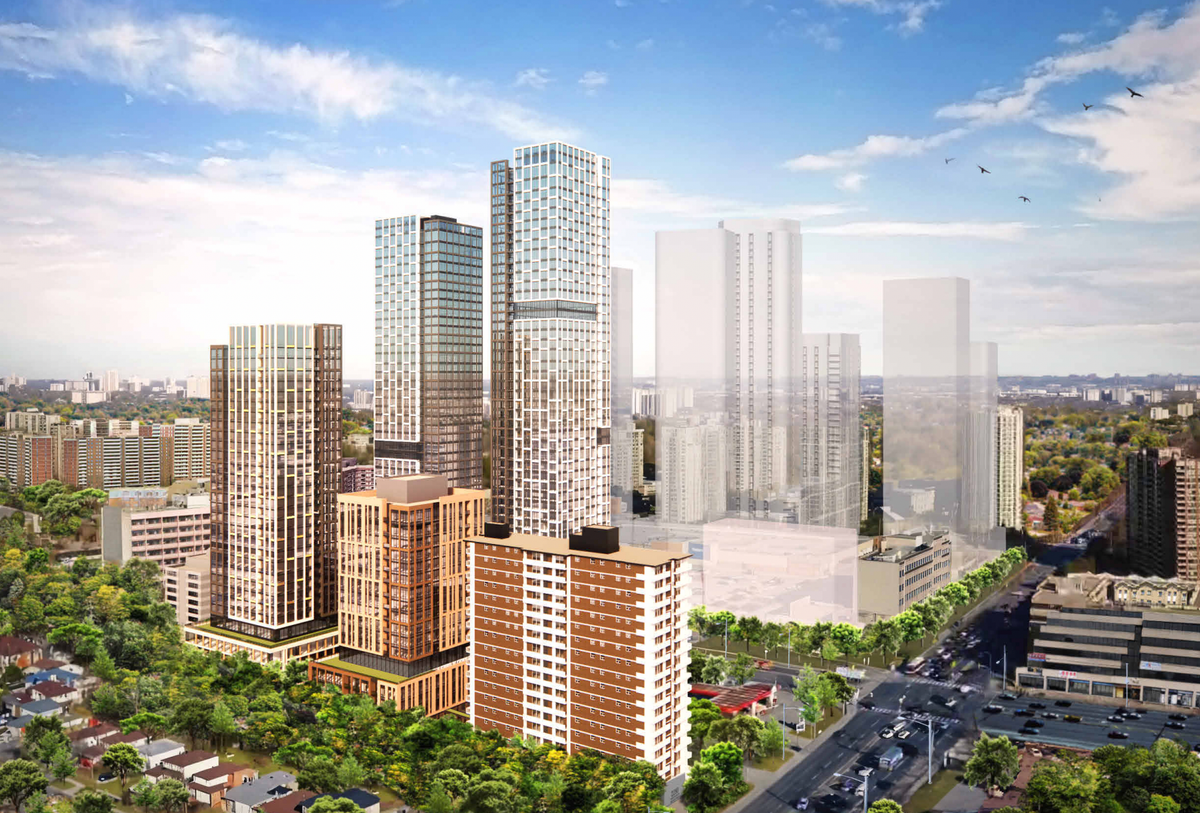Despite ample talks of a recession, a new report suggests that Canada might be… just fine. Or at least, relatively fine.
Research from JLL Canada shows that, compared to the US, Europe and China, economic momentum in Canada was strong in Q2 2022. In fact, an advance estimate for real GDP revealed a 1.1% quarter-over-quarter expansion in Canada. This was in spite of high inflation, commodity scarcity, rapid monetary tightening, and financial market turbulence -- all of which are weighing heavily on global markets.
“Canada’s robust economic growth and relative resilience has much to do with lockdowns and commodity prices,” the report reads. “Whereas most major economies have now fully transitioned into the post-COVID period, Canada only fully reopened in the Spring after particularly severe lockdowns. The end of social distancing restrictions has led to a surge in demand for services and long-delayed activities, such as travel and restauration, resulting in a broad-based increase in Canadian aggregate demand just as reopening effects faded in the rest of the world. Another difference is the fact that high food and energy prices, which are weighing on the outlook for most major economies, are a net positive for commodity-exporting Canada.”
The report goes on to say that we’re not out of the woods quite yet.
“Neither of these advantages will last for long,” it reads. “Whether Canada’s relative outperformance lasts through next year will depend on how the Bank of Canada (BoC) manages currently high inflation.”
READ: Higher Interest Rates are Here to Stay: U.S. Fed Head
While Canada’s real GDP is expected to increase to around 2.8% in the latter half of 2022, it will likely fall to around 1.8% in 2023. This is based on the expectation that the Bank of Canada will raise the rate another 75 basis points come September.
“Indeed, the BoC’s rapid action so far has significantly tightened financial conditions, resulting in higher interest rates, weaker stock markets and falling home prices this year. However, overtightening amidst rising uncertainty and a weakening global economy could significantly increase the odds of a recession. Moreover, higher interest rates will prove ineffective at reducing what is mainly a supply-driven inflationary flare-up,” says the report. “The bottom line is that while Canada is unlikely to remain an island of economic resilience if its southern neighbour slides into recession, its underlying strength and prudent policy may give it the means to avoid the worse outcomes and preserve the hope for a soft landing.”
Some of that underlying strength is already being observed in Canada’s retail and industrial segments, which are expected to remain resilient in the years to come.
On the retail side of things, record-low unemployment, strong wages, and household savings are driving consumer spending. While some of this spending has been pent up from the pandemic and may be temporary, strong consumer spending is expected to persist for the rest of the year. Moreover, monthly retail sales figures have been rising for five consecutive months -- including a 2.2% month-over-month jump in May -- with most subsectors seeing gains of some sort.
In particular, sit-down restaurant food service and clothing and shoe sales are seeing strong demand and increases in sales volume. In addition, in-store purchases are trending up, while e-commerce purchases are trending down. Meanwhile, shoppers of all levels -- but especially those who are low-income -- are turning to discounted goods as inflation looms.
In the industrial sector, rental rates are seeing notable growth country-wide. In Q2, average net rents increased 17% annually and 12.4$ quarterly. In particular, rents in Southwest Ontario’s market saw a 41.2% YoY increase, Calgary saw a 11.6% increase, and Winnipeg saw a 10.4% increase.
Meanwhile, industrial real estate vacancy plateaued at 1.5% in the second quarter. This was the first time in five months that vacancy didn’t take a dip. At a regional level, vacancy sat at 0.8% in Vancouver, 0.9% in Toronto, 1.7% in Montreal, and 1.7% in Calgary.
Industrial sales are strong. In Q2, sales totalled close to $4.1B. That figure surpasses the five-year quarterly average by 58%. Prices for industrial real estate are also notably high, sitting at $242 per sq. ft. Finally, construction starts are up, seeing a 5M-sq.-ft increase on a quarterly basis.
All in all, market conditions in the sector remain extremely tight due to a shortfall of leasable industrial space. In the coming months, rental rates will continue to rise, vacancy will increase modestly, sales are expected to slow, and new supply is expected to surpass the five-year quarterly average in the coming 18 months.
On the other hand, Canada’s office sector is not seeing the same kind of rebound. On the whole, office vacancy climbed to 14.7% in Q2, up 40 basis points from Q1. Most notably Vancouver’s vacancy was the lowest in all of Canada at 7.3% and Calgary’s is the highest at 26.8%. Toronto’s rings in at just under 15%.
At the same time, office rents are dropping across the board. The national average decreased 1.5% on a quarterly basis, and this was true on a regional basis as well. Rents in Downtown Toronto decreased by 4%, which was the most significant decrease in all of Canada. Montreal was the only outlier, seeing a 5.4% increase from Q1 to Q2.
Although Q2 saw increased occupancy in Canadian offices, talks of recession are leading companies to take pause when it comes to plans for growth and expansion. Some have opted to thin out their workforces and terminate leasing agreements with landlords in an effort to hedge against rising operational costs. In addition, the office sector has been especially prone to construction delays due to the faltering demand. Overall, the office sector is expected to see a slow recovery from the effects of COVID and little growth in the months to come.





















